#Yukio Noda
Text
Noda’s interview for the special Golden Kamuy exhibition

this is not my translation. an english translation of the interview was provided in the exhibition guide book, so i scanned & ocr-ed it and am just sharing. besides the interview itself there’s two lengthly comments from two different people who worked closely with noda on the manga which i found were an interesting read.
On the Opening of the Exhibition
—I want to congratulate you on the opening of the Golden Kamuy Special Exhibition. You were in the middle of illustrating this work when you lent us a wide variety of art reference materials for this exhibition, including Sugimoto's military cap and Asirpa's makiri. Of the many materials you have lent us, is there anything that is particularly memorable for you?
Satoru Noda: I would say Sugimoto's Type 30 rifle. There is a company that made the same gun as a prop for Clouds above the Hill. I gave them even more detailed materials and had it custom-made. To be honest, it cost me 600,000 yen. I was broke at the time, but I didn't hesitate to buy it, because I knew I absolutely needed to have detailed reference materials that I could even use for close-up illustrations. I think of real reference materials as investments that improve the quality of my art and get people to buy my work. If I were able to make illustrations based on my own imagination without doing any research or buying any materials, and the work could become popular and sell well anyway, that would definitely be preferable.
—It sounds like you were able to create Golden Kamuy by getting your hands on detailed materials that were expensive and difficult to obtain, and by conducting frequent research. Regarding these materials, is there anything you want to convey to visitors to the exhibition, or any particular points you would like them to pay attention to?
Noda: Most of the military-related materials were items that had actually been used in the past. I'd also like to point out the detail on the makiri and the embroidery. All of the creators’ works have something great about them. Ipopte Ariko's makiri is supposed to be so well-made that its creator, Yukio Fujito, calls it the best work of his life. The tamasay (necklace) is also an old item that I got at an antique store in Sapporo.
—For this exhibition, you drew a large B1 size illustration of Genjiro Tanigaki. What made you decide to create this piece?
Noda: I like to go see other artists’ exhibitions, but what I go for are their hand-drawn illustrations. However, I've already switched to fully digital mediums. I felt I had to prepare something hand-drawn for those who were kind enough to come see the exhibition.
I hadn't used acrylic paints in about twenty years, so I apologize for my poor technique. I hope the illustration is able to convey what I feel to be the appeal of Tanigaki.
Reflecting on the Series
—The opening day of this exhibition at the Tokyo venue will be the same day as the release date of the main publication of Weekly Young Jump, in which the final episode will be published. You are currently in the middle of writing the climax of your work. What are your feelings on the final chapter?
Noda: I've already set a complete schedule for publishing the final issue, and I worry every day about whether I'll be able to nail the ending, but I'm hopeful that I'll be able to keep it interesting. I don't think of it as a perfect work at all. I have lots of regrets. However, it is absolutely impossible for anyone other than myself to make Golden
Kamuy any more interesting than it already is, or at least that's what I tell myself for consolation.
I think I just had the right momentum. I feel like I've been walking a tightrope at full speed for several years. I was very fortunate to be able to become a manga artist and to be blessed with this kind of series. It's sad, but it's better to end it now when people will still miss it. Just like athletes, manga artists have an age in their lives when their creativity and stamina are at their peak. What you draw during that period is important. For the rest of my career as a manga artist, I hope to work in a more leisurely way.
—Are there any behind-the-scenes stories about the production that you can reveal now?
Noda: I intentionally drew the code tattooed on the skins in an unclear way. I think the people on the animation side were troubled by the lack of clarity. Even in the chapter about Second Lieutenant Koito's past, I deliberately avoided showing the entire fort of Goryokaku. But I knew that if I didn't show such an important place, people would get suspicious, so I included the story about Koito's past.
There were people who thought, "Why didn't I think of that?” when they found out that the gold was in Goryokaku in the main storyline. By the way, the idea of the tattoos being a map did not come from Shumari or Cobra. I hadn't read either series. I don't think of it as some amazing idea to begin with. But the idea of cutting the skin at the center line of the body and limbs came about because I had knowledge of hunting, and I don't think it's an idea that any manga artist could come up with.
—The scene where it was revealed that the gold was located in Goryokaku was sensational. Can you tell me why you chose Goryokaku as the stage for the climax of the story and as the location of the gold and the battle?
Noda: It has to do with the picture of the star when the code is deciphered. It had to be something that readers all over Japan could recognize clearly at a glance. Also, it's the face of Toshizo Hijikata when he sees it. It was what I had pictured from the beginning of the series. I don't think there was any other place to end this story.
—So it was decided from the beginning of the series. Did your plans for any of the episodes change while you were working on the series?
Noda: No matter what anyone says, there was nothing in the series that I tried to stretch out. I'm not crafty enough to do things like making characters that are popular with readers appear more. I was determined to make sure I finished it before I died and to make the whole story balanced.
—Reflecting on the series so far, have you noticed any changes in the way you draw manga?
Noda: If you look at the first volume, you'll see that it's very poorly made. I'm talking about the composition and sketches. There was a lot of useless dialogue, too. I want to redo everything up to the 10th volume or so.
—What were some of your favorite moments while making the series?
Noda: First of all, I'm happy about all the letters I've received. Fans carefully wrote me many letters in very beautiful handwriting. I've kept them all. I'd like to reread them on my deathbed.
Also, I was able to redeem myself from my previous work. Golden Kamuy eased the frustration of having my last series discontinued. Having received various awards and sold a good number of copies, Golden Kamuy proved to me that I had enough talent to call myself a manga artist.
—What were the hardest parts of the experience?
Noda: The hard part was that I had very little time to do anything other than creating manga. There are many different kinds of manga artists, and I think they can use their time in completely different ways depending on their style, but in my case, I didn't have much time to spare. I was fortunate enough to have my work turned into an anime version, so I had a lot of work to do. During the serialization of Golden Kamuy, Yasuyuki Kunitomo, who I worked with for a long time when I was an assistant, suddenly passed away at the age of 65, and I began to think more and more about the fact that we only live once. I wanted to go fishing, watch more movies, live a healthy life, see foreign countries, and so on. I had given up on all of that. I used to think that talented manga artists should just keep making manga until they die, but I don't think that way anymore.
Noda’s Thoughts on his Characters
—What kind of characters are Sugimoto and Asirpa to you?
Noda: They are the beloved characters who changed my life. I don't think either of them were depicted as perfect people. Sugimoto is a good-for-nothing guy. But he's kind. I'm not someone who always chooses perfection as the answer. Asirpa is the same. She's a girl of twelve or thirteen, after all.
I was adamant about giving these two a happy ending no matter what. It's the least I can do for readers who have been following the series for more than thirty volumes. Killing Sugimoto is not something an entertainment writer would do.
—Are there any other characters that you feel strongly about in addition to these two? If you were to convey a message, what kind of message would it be and for whom?
Noda: I wanted Ariko and Tanigaki to be more involved. Aren't they adorable? I wanted them to eat, exchange uniforms, bathe together, and kill each other. They could have been best friends. If I were to convey a message, it would be, "Sorry."
—The illustration of Tanigaki and Ariko playing cat's cradle in the frontispiece of Chapter 240 is very impressive. Were they close since the Russo-Japanese War? Are there any hidden episodes between the two?
Noda: Rikimatsu told Genjiro that he would look better with a beard, so he started to grow one.
Closing Statements
—Please give a message to the readers who have seen the story through to the end.
Noda: I would be grateful if you would go back and reread some of the volumes from time to time. The beauty of manga is that you can open the books to pages you found entertaining, or parts you liked, and enjoy them anytime.
I am very glad that there are so many people who enjoy this series. It makes me happy to know that a lot of people are supportive of my work. This exhibition is evidence of that, and I'm honored. I'm grateful to have been born into this world with only one life to live, and to be able to make a living as a manga artist, but I never imagined that I would be able to experience something like this. I want to express my appreciation to all the readers who enjoyed and supported Golden Kamuy all the way until the very last chapter. Thank you.
A Talk On Various Topics by Kazunobu Goto, Historical Research
I officially started working on Golden Kamuy as a supervisor from around the fourth volume. As the Japanese Army's 7th Division and the Shinsengumi's Vice Commander Toshizo Hijikata begin their activities in earnest, there was a need to supervise the work on historical and military matters, so Mr. Hakko Okuma of the Young Jump editorial department reached out to me.
I had been supervising a manga series called Zipang by Kaiji Kawaguchi, which was serialized in Kodansha's Moming magazine, and I got acquainted with the Young Jump editorial department at a mochi pounding contest held by Mr. Kawaguchi. The first work | supervised for Shueisha was Jashu, which was written by Takashi Yano and illustrated by Yuko Osada. It was serialized in Monthly Young Jump. Then, | supervised Gunjo Senki by Masaki Kasahara, which was serialized in Weekly Young Jump. These opportunities led me to the great fortune of becoming the supervisor of Golden Kamuy.
One of the episodes that left a deep impression on me when I first joined was the scene where Hijikata's faction forced their way into a private house in Volume 6, Chapter 58, titled "Showdown in Barato." This was inspired by the battle of Toba-Fushiri, the first battle of the Boshin War, where the Shinsengumi attacked the new government forces while hiding inside private houses. Satoru Noda was gracious enough to listen to the ideas of a novice like me, and that scene was born. It was a simple scene that you might overlook at first, but I still remember how happy I was.
The second most memorable scene for me was in Volume 13, Chapter 130, "Guiding Lights". In this chapter, Rear Admiral Heiji Koito, who is the commanding officer at Ominato Naval Port, appears with the Ikazuchi-class destroyer under his command. | also gave advice from both military and historical perspectives on the mission to attack Abashiri Prison by sailing up the Abashiri River in a shallow-draft destroyer, and on the fates of Toshizo Hijikata and Shirosuke Inudo, a warden at Abashiri Prison (the loyal Toshizo and the twisted revenge of Shirosuke) in the following book, Volume 14, Chapter 135, "Chain Deathmatch."
I remember that there were not enough reference materials for drawing the Ikazuchi-class destroyer, so I collected materials for its prototype, the B-class destroyer of the British Royal Navy, and got help from model makers. When trying to come up with what strategy Lieutenant Tsurumi would use to attack Abashiri Prison, which had walls that rivaled those of a fortress, Mr. Noda asked whether it would be possible for a destroyer to float up the Abashiri River.
In response, I provided him with detailed information on the specifications of Ikazuchi-class destroyers and let him know that they were fully capable of performing the task. The main gun of the Ikazuchi-class destroyer, a 40-caliber 7.6 cm gun (QF 12-pounder 12 cwt), is more powerful than the Type 30 (Arisaka) rifles used by the Japanese Army in the Russo-Japanese War (the 40-caliber 7.6 cm gun has a firing rate four times that of the Arisaka, which was called a rapid-fire gun. Ikazuchi-class destroyers were also equipped with five 40-caliber 5.7 cm guns, which have more firepower than four guns of an infantry artillery company, so they have impeccable ground-level gunfire capabilities.)
I was also commended on my advice on the rivalry between Toshizo, who represents the old shogunate soldiers who sacrificed themselves for the Tokugawa shogunate, and Shirosuke, who represents the samurai class who switched sides to the new government. The duel sequence and Shirosuke's last words (‘Finish me off, last samurai’) were so cool, they really got me fired up. Mr. Noda's portrayal of Toshizo is an example of how old age can make you more and more powerful. He is so sexy that you can't help but root for him.
It was around this time that the background of each character began to be worked out in detail, and the details of their pasts were developed. In particular, thorough research was required to develop the characters of personnel from the 7th Division, such as First Lieutenant Tokushiro Tsurumi, Second Lieutenant Otonoshin Koito, Special Sergeant Major Mokutaro Kikuta, Sergeant Hajime Tsukishima, Superior Private Hyakunosuke Ogata, Superior Private Tokishige Usami, Private 1st Class Genjiro Tanigaki, and others, as well as Sofia Goldenhand.
The true value of this process was demonstrated in Volume 20, Chapter 197, "Spoiled Brat." The stories of Otonoshin as a boy and Lieutenant Tsurumi as a young man intricately intertwine to form a brilliant mystery. The kidnapping of Otonoshin by Special Sergeant Major Kikuta, Sergeant Tsukishima, Superior Private Ogata, and Lieutenant Tsurumi is depicted as a set-up to win over Rear Admiral Heiji Koito, and we learn that Lieutenant Tsurumi wanted naval forces from a very early stage.
These detailed character backstories are fully put to use in Volume 23, Chapter 226, "Sacred Ground.” It depicts the encounter between Superior Private Tokishige Usami as a young boy and Lieutenant Tsurumi. The scene shows why Private Usami so fascinated with Lieutenant Tsurumi. These are episodes that were written according to detailed character backstories that were thought out in advance. By combining the detailed backstories of each character, such as what year they were drafted, what year they entered the military academy, etc., without creating plot holes, our aim was to achieve a high level of realism in the work.
As of the release of Volume 28, when this text was written, there are still many details in Golden Kamuy that have yet to be revealed. These details were thought out in the early stages. This all happened behind the scenes, but the plot of the “mottled gold coin,” a unique coin minted by the Ainu and depicted in Volume 27, Chapter 271, "A Mottled Gold Coin," was decided at a meeting at the end of December 2019. It was finally depicted in the first week of March 2021 in the main storyline. The plotline was created over a year prior, and here, it was presented to the readers for the first time. It's stories like these that are the hidden plotlines (gold) of Golden Kamuy. These plotlines will reveal themselves during the climax of the hunt for the gold, so I hope you look forward to them.
Remarks On The Golden Kamuy Special Exhibition by Hiroshi Nakagawa, Ainu Language Supervisor
On June 10, 2014, I received a call from Hakko Okuma, the editor in charge of Golden Kamuy, asking me for advice on a manga set in Hokkaido. Ten days later, Mr. Okuma and Satoru Noda visited my laboratory at Chiba University and showed me the drafts for the first three chapters, which were nearly complete. My honest impression was that it was captivating. The setting and the story surprised me. I was fascinated by the detailed drawings, depictions of Ainu folk tools, and the heroine, an Ainu girl. At that point, I offered my services and became the Ainu language supervisor.
At that time, her name was still undecided and she had a working name, which I rejected. After that, we discussed a number of ideas, and finally settled on Asirpa. Looking back, that was my first contribution to this work. The name Asirpa is a combination of the words asir, which means “new”, and pa, which means "year," and it is usually used to mean "new year" or "next year," but in the story, Asirpa herself can be interpreted to be a representation of the future. This was Mr. Noda's idea, but if we were to translate the word for "future" into the Ainu language, Asirpa would certainly work, as it refers to the year to come. And although it's just a coincidence that we gave her this name, I'm sure that this work played a role in attracting the attention of many people who had not previously been interested in the Ainu, and it certainly has been an opportunity for a new social climate regarding the Ainu people.
Not only does Golden Kamuy feature a number of Ainu people as its main characters, but it also breaks the stereotypical image of the Ainu as simple people who fell victim to the changing times and were exploited by the Japanese, instead depicting them as strong-willed people with vibrant personalities. Both Inkarmat and Wilk are mysterious characters whose intentions are hard to read, and Wilk can even come across as terrifying. On the other hand, Kiroranke, the good-natured ladies' man that he is, gives the Ainu people an attractive impression (although he is actually a terrorist).
Asirpa is not just an ordinary heroine who is tough and cute. In the early chapters, there were often comedic scenes where Asirpa is seen playing with small animals like rabbits in the frontispiece, but when you turn the page, you see her dismembering and eating the animal. But isn't it an unusual occurrence in the history of Japanese manga to see a heroine who catches, kills, and eats animals? Japanese people generally don't think of themselves as participants in the killing of the animals for food, even though we eat from the carcasses of cows, pigs, and chickens-on a daily basis. Asirpa does away with this façade and shows us in a natural way that we rely on the lives of other beings for sustenance. In fact, without understanding this first, one cannot understand the traditional Ainu worldview. In that sense, Golden Kamuy is a great textbook for understanding Ainu culture.
One of the major achievements of Golden Kamuy is that it successfully incorporated into the plot the ethnic minorities of Sakhalin and their cultures, which had not been portrayed much in the past. In addition to Japanese and Hokkaido Ainu, the Russian, Sakhalin Ainu, Nivkh, and Uilta languages are spoken in this manga, which is unprecedented in the history of comics worldwide.
The differences in language and culture between the Sakhalin Ainu and Hokkaido Ainu are portrayed in a fun and lyrical way through the interactions between Cikapasi and Enonoka. The hohciri, which is the kind of beaded hair ornament that Enonoka gives to’ Cikapasi to wear on his forehead in Volume 16, was something that few researchers knew about until about 40 years ago, and even today, only one such ornament can be found in a museum in Japan. Another hidden story was that of the isohseta ("lead dog"). Although the Hokkaido Ainu do not use dog sleds, dog sledding is very important in the lives of the Sakhalin Ainu. Ryu, who tagged along with Cikapasi from Hokkaido to Sakhalin in Volume 14, fell in love with the headdress of the isohseta who led the pack, and was finally promoted to isohseta in Volume 21. No one would have predicted that Ryu, who entered the story in Volume 3 with Tetsuzo Nihei, would do so well after his owner's death.
I was very fortunate to be involved in a series that shines a light on the Ainu people and their culture in such a meaningful way. After eight years since the start of the series, we have finally reached the grand finale, and as someone was along for the ride, I am deeply moved. But my relationship with this work will probably continue for a long time to come.
212 notes
·
View notes
Photo
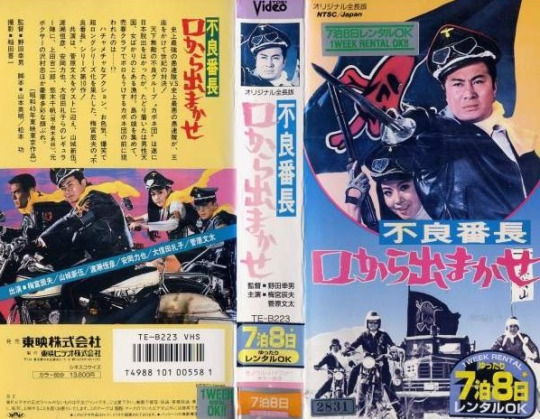
‘The Bad Boss Pt.10‘(dir. Yukio Noda)Starring Tatsuo Umemiya, Bunta Sugawara, Reiko Oshida. - VHS 1970
0 notes
Photo
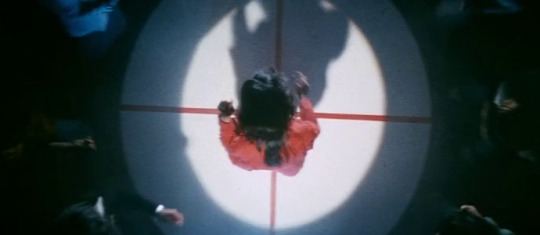

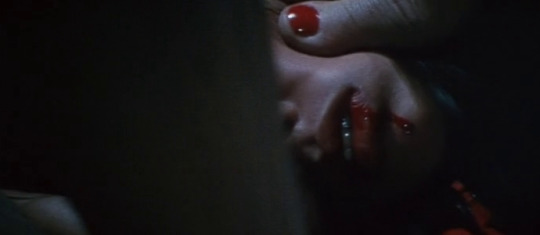




Zero Woman: Red Handcuffs (Yukio Noda, 1974)
#zero woman: red handcuffs#0課の女 赤い手錠#yukio noda#caps#blood#not nearly enough miki sugimoto in this even though she's the titular character
98 notes
·
View notes
Text
Golgo 13: Assignment Kowloon (1977)



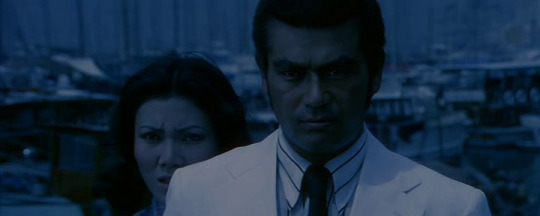
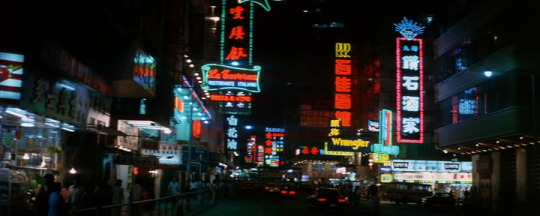


ゴルゴ13:九竜の首 Golgo 13: Assignment Kowloon (1977)
directed by Yukio Noda
cinematography by Shigeru Akatsuka
#ゴルゴ13:九竜の首#golgo 13#yukio noda#noir#film noir#1970s#sonny chiba#japanese film#japanese cinema#stills
83 notes
·
View notes
Photo

Zero Woman: Red Handcuffs
254 notes
·
View notes
Photo

Zero Woman: Red Handcuffs |1974| Yukio Noda
13 notes
·
View notes
Photo
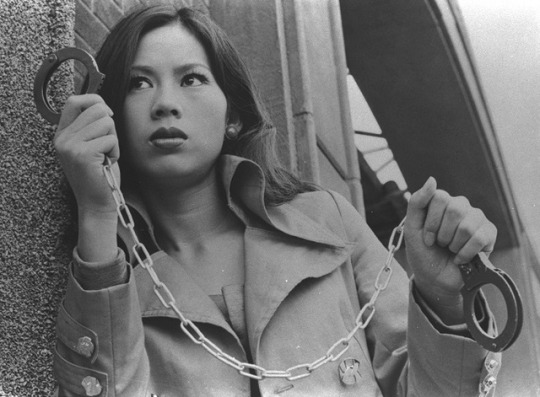
Press photo for Zero Woman: Red Handcuffs (Zeroka No Onna: Akai Wappa, 0課の女 赤い手錠), 1974, directed by Yukio Noda (野田幸男) and starring Miki Sugimoto (杉本美樹).
#Miki Sigimoto#Pinky Violence#Japanese Exploitation#Yukio Noda#Zero Woman: Red Handcuffs#杉本美樹#Toei#Press Photo#Zeroka No Onna: Akai Wappa#0課の女 赤い手錠#野田幸男
164 notes
·
View notes
Photo

Zero Woman: Red Handcuffs - Yukio Noda
#pink film#cinema#japanese cinema#pink films#movies#yukio noda#zero woman: red handcuffs#zeroka no onna: akai wappa#z
11 notes
·
View notes
Photo

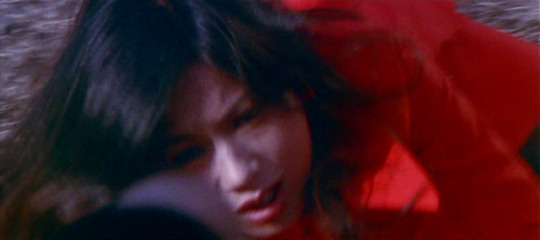
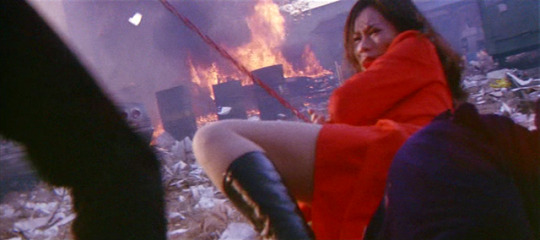

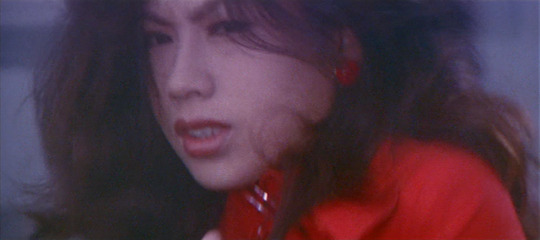
Zero Woman: Red Handcuffs (Noda, 1974)
3 notes
·
View notes
Photo
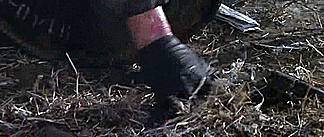
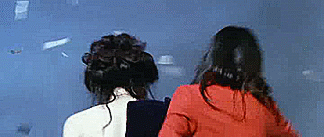

Zero Woman: Red Handcuffs (1974)
56 notes
·
View notes
Photo

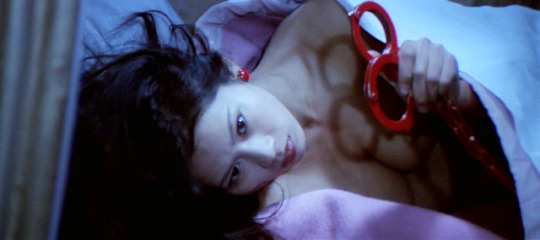
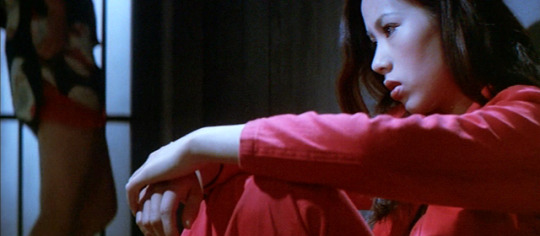

Zero Woman: Red Handcuffs
Japan | 1974
Directed by: Yukio Noda
79 notes
·
View notes
Photo


Zero Woman: Red Handcuffs
8 notes
·
View notes
Text

Zero Woman: Red Handcuffs (1974)
dir. Yukio Noda
1 note
·
View note
Photo


Zero Woman: Red Handcuffs (Yukio Noda, 1974)
69 notes
·
View notes
Photo

Zero Woman: Red Handcuffs
262 notes
·
View notes
Photo

Gangster Cop / Yakuza Deka (1970)
5 notes
·
View notes